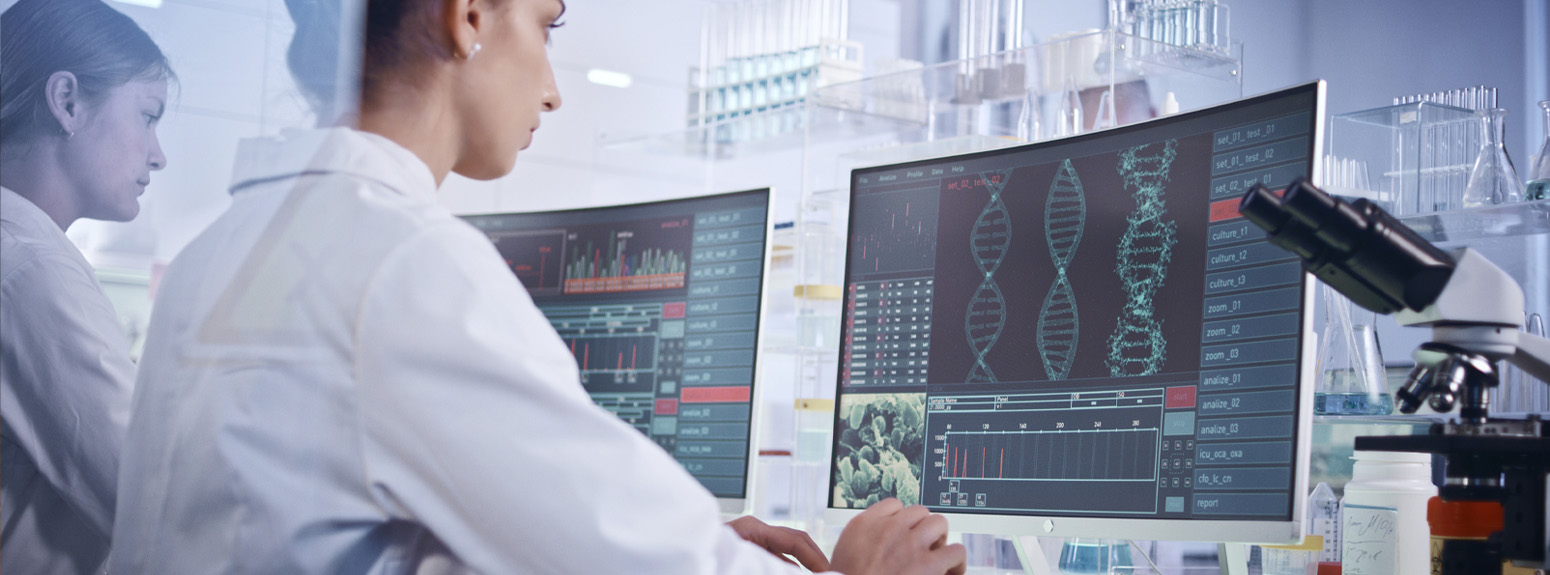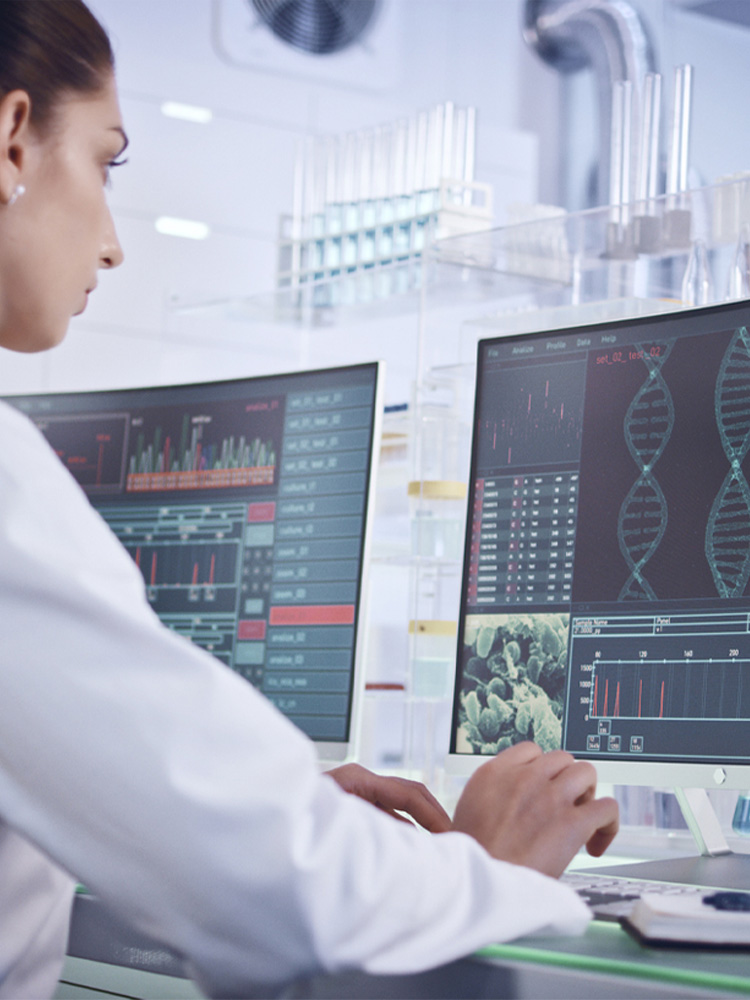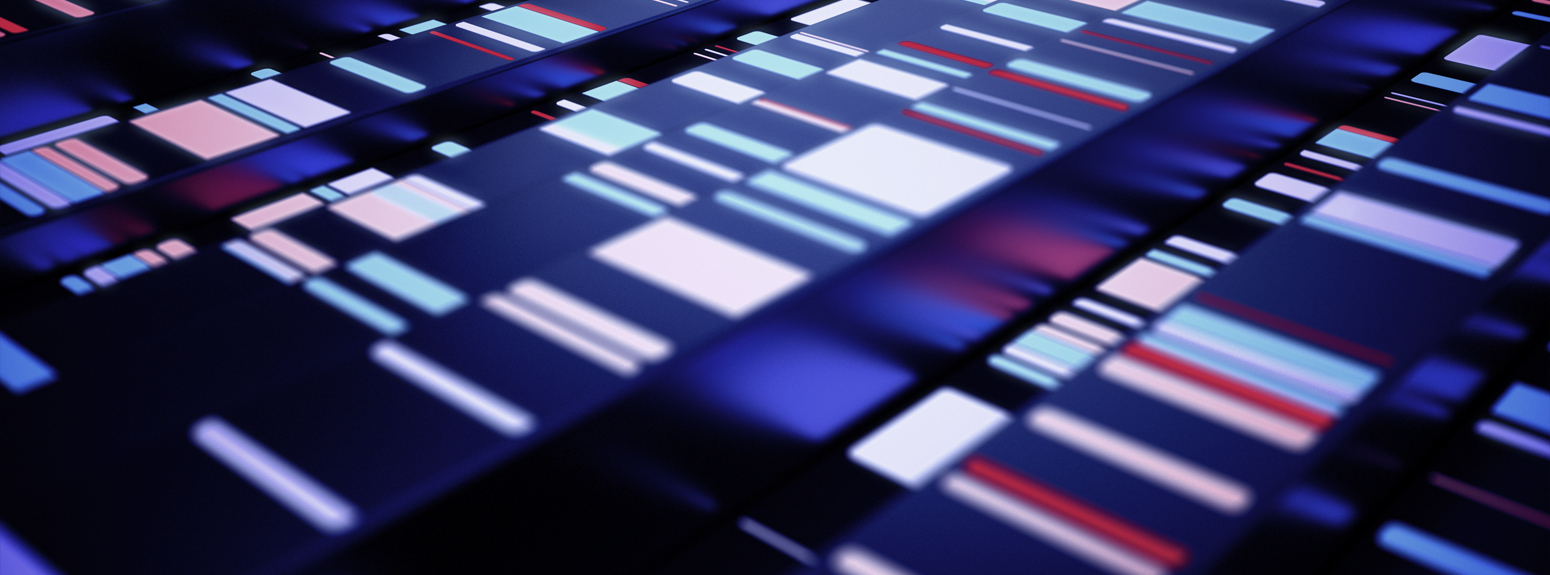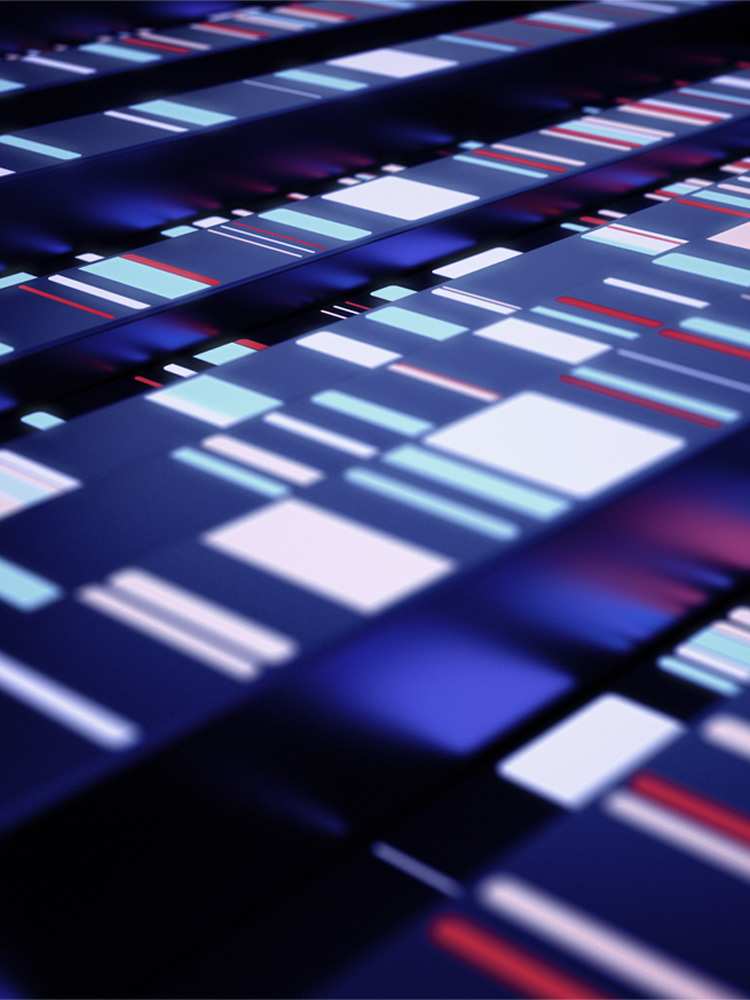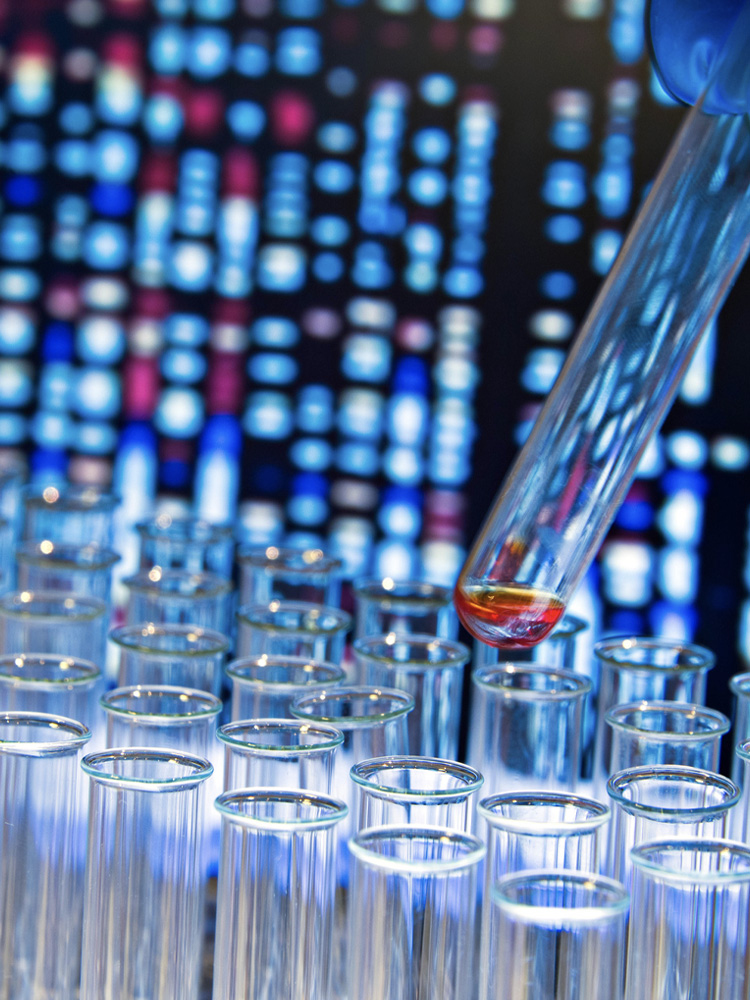Contemporary sequencing technology
Since 2020, sequencing has made a further technological leap: attention has focused on improving accuracy, read speed, and cost reduction, making the technology increasingly accessible even outside large research centers. Device miniaturization and the emergence of portable platforms have paved the way for daily clinical use, allowing genetic analyses directly in the field, in clinics, or in emergency contexts.
The Next Generation Sequencing workflow
Next-generation sequencing represents a radical transformation compared to traditional methods. Its main feature is massive parallel sequencing, which allows simultaneous analysis of millions or billions of genome fragments in short times, obtaining information on the DNA of organisms, animals, and plants.
The process involves several phases
- Library preparation, in which DNA is fragmented, tagged, and ligated to adapters
- Clonal amplification, replicating the same sequence multiple times for better analysis;
- Sequencing, which can occur through different techniques such as:
- ·Sequencing by synthesis (SBS) – the most common;
- Ion semiconductor sequencing;
- Nanopore sequencing;
- Real-time single-molecule sequencing (SMRT).
The clinical NGS market comprises sequencing platforms, reagents, and consumables. These tools are fundamental for genetic analysis, finding application in diagnostics, therapy, and medical research. The standard NGS workflow is structured in four phases: preparation, sequencing, data analysis, and interpretation.
Thanks to automation, artificial intelligence, and developments in bioinformatics, the entire process today is more efficient, accurate, and faster.

